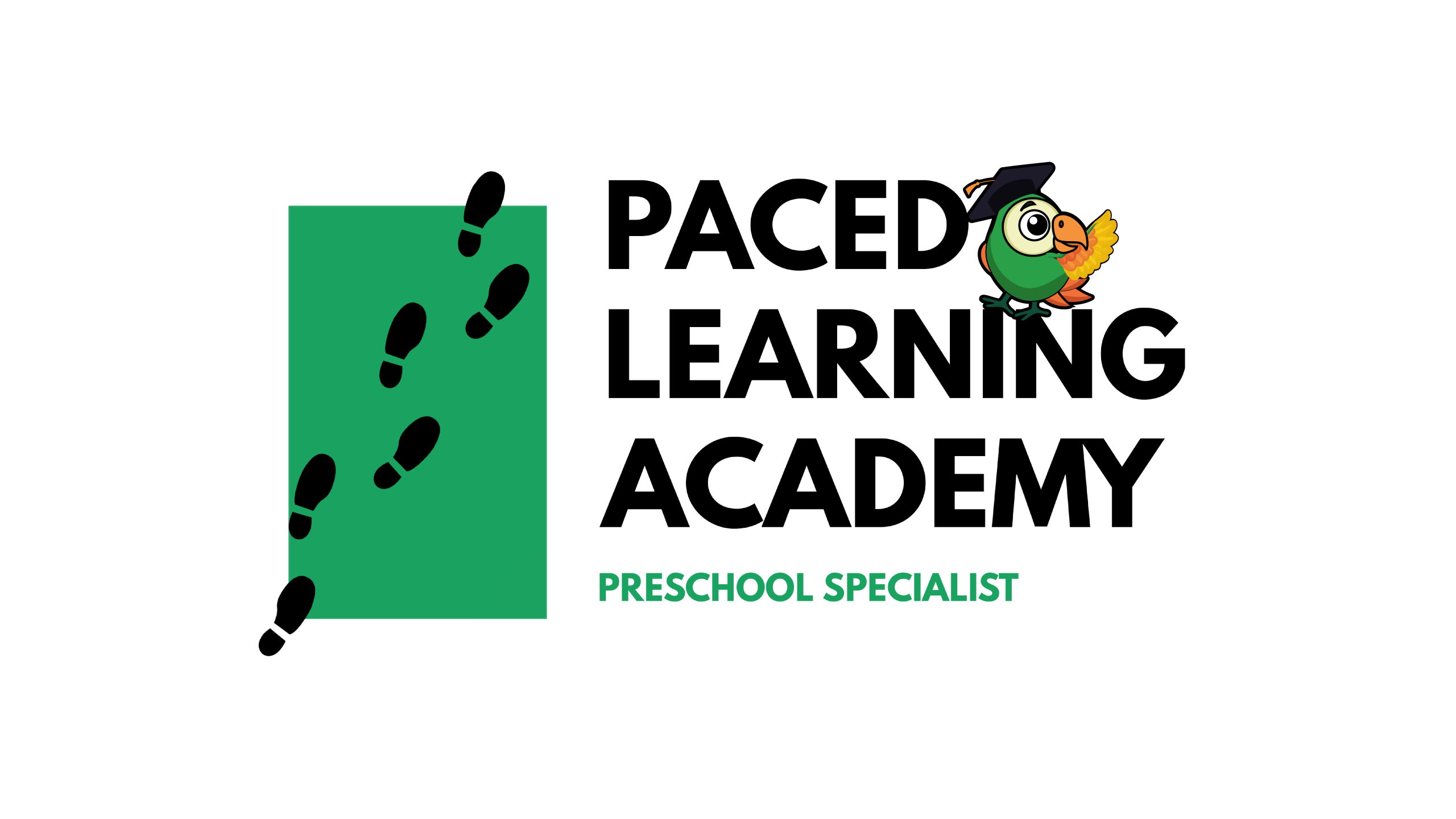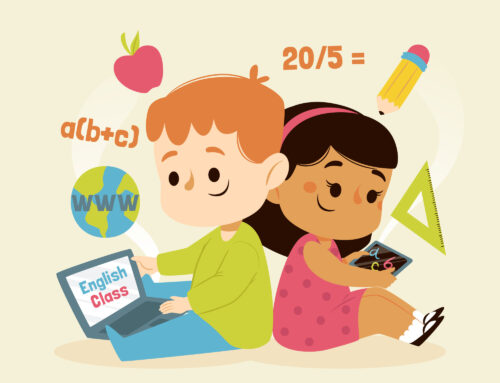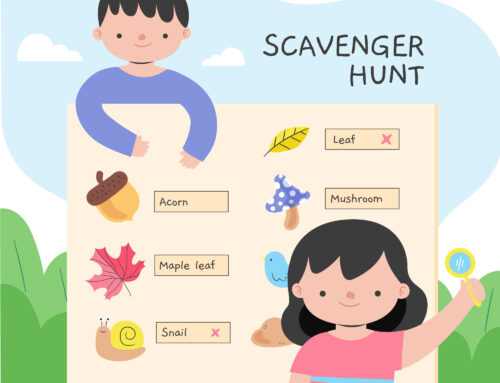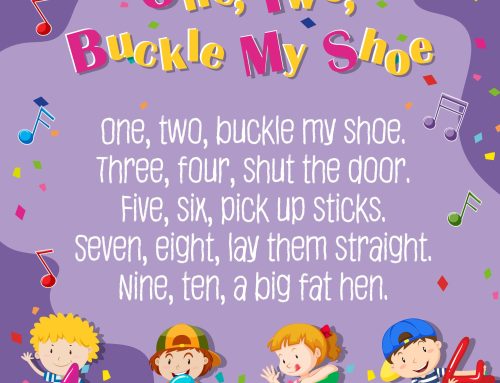
The Power of Rhyming: Why It’s Essential for Early Readers
Reading is a fundamental skill that shapes a child’s academic success and lifelong learning journey. One of the most effective yet often overlooked ways to support early literacy development is through rhyming. Rhyming is a key component of phonemic awareness, an essential skill for learning to read and spell. By engaging in rhyming activities, children develop the ability to hear, identify, and manipulate sounds, laying a strong foundation for reading fluency and comprehension.
If you’re wondering how to teach phonics effectively or looking for engaging activities for kids to enhance early literacy, rhyming should be a major part of the learning process. In this blog post, we’ll explore:
- What rhyming is in phonics and why it matters
- The benefits of rhyming for early readers
- Practical ways to teach rhyming at home or in a phonics class
- Fun preschool activities and children’s holiday activities that build rhyming skills
What is Rhyming in Phonics?
Rhyming is the ability to recognize and produce words that have the same ending sounds, such as “cat” and “hat” or “run” and “fun.” In phonics, rhyming helps children understand that words are made up of individual sounds (phonemes) that can be manipulated to form new words. This skill is crucial in early reading development as it strengthens a child’s ability to recognize word patterns and decode unfamiliar words.
Why is Rhyming Important in Phonics?
- Develops Sound Awareness – Rhyming teaches children to focus on word sounds rather than just letter names, reinforcing their understanding of phonics rules.
- Encourages Word Recognition – When children recognize rhyming patterns, they can predict how new words will sound, making reading easier and more intuitive.
- Builds Confidence in Reading – Understanding that words share common sound patterns helps children decode new words independently, boosting their reading fluency.
- Improves Memory and Retention – Rhymes are easier to remember, making it simpler for children to recall vocabulary and spelling patterns.
- Enhances Pronunciation and Speech Clarity – Hearing and producing rhyming words strengthen a child’s articulation and ability to differentiate similar sounds, aiding speech development.
- Fosters Creativity – Rhyming encourages kids to play with words, creating their own rhymes and engaging more actively with language learning.
For example, when a child understands that “mop” rhymes with “top,” they can apply that knowledge to read new words like “hop” and “pop.” This ability to recognize patterns boosts their confidence and reading fluency.
The Benefits of Rhyming for Early Readers
1. Enhances Phonemic Awareness
- Phonemic awareness is the ability to hear and manipulate individual sounds in words. Recognizing rhyming words strengthens this skill, helping children understand how sounds work together to form words.
- Example: A child who learns that “bat” and “cat” rhyme will start to notice that the words also share the same ending sound, reinforcing their understanding of phonics rules.
2. Improves Reading Fluency
- Fluency in reading means being able to read smoothly, accurately, and with proper expression. Rhyming helps children anticipate the next word in a sentence, reducing hesitation and improving their reading speed.
- Example: When reading a book with predictable rhymes, such as Dr. Seuss’s Hop on Pop, children can guess the next rhyming word, boosting their confidence and fluency.
3. Boosts Vocabulary and Language Development
- Rhyming exposes children to new words and expands their vocabulary. As they recognize and create rhymes, they naturally build a richer word bank, which enhances their communication skills.
- Example: Learning that “goat” rhymes with “coat” introduces children to new words they might not have encountered otherwise.
4. Supports Spelling Skills
- Rhyming words often follow similar spelling patterns, making it easier for children to learn how to spell new words. By understanding that words with the same sounds often share common letter combinations, children improve their spelling accuracy.
- Example: Knowing that “light” and “might” rhyme helps children recognize the “-ight” spelling pattern.
5. Encourages a Love for Reading
- Rhyming makes learning fun! Children enjoy listening to and repeating rhymes, making them more engaged in reading programs and phonics lessons. The rhythmic and musical nature of rhymes captures their attention and encourages them to explore books independently.
How to Teach Rhyming at Home or in a Phonics Class
1. Read Rhyming Books Together
Choose books that feature strong rhyming patterns and encourage your child to predict the next rhyme. Some great options include:
- 📖 “Brown Bear, Brown Bear, What Do You See?” by Bill Martin Jr.
- 📖 “Chicka Chicka Boom Boom” by Bill Martin Jr. and John Archambault
- 📖 Dr. Seuss’s Books (Hop on Pop, Green Eggs and Ham, The Cat in the Hat)
2. Play Rhyming Word Games
Make learning interactive with fun games that reinforce rhyming skills:
- 🎲 Rhyme Match – Say a word and ask your child to find an object that rhymes with it. (This helps children make real-world connections between words and their meanings.)
- 🎲 I Spy a Rhyme – “I spy something that rhymes with ‘tree’ (answer: bee!)” (A fun way to develop listening skills and phonemic awareness.)
- 🎲 Finish the Rhyme – Say, “The cat sat on the…” and let your child fill in the blank. (Encourages creative thinking while reinforcing rhyming patterns.)
3. Sing Songs and Nursery Rhymes
Music is a powerful tool for teaching phonics. Singing songs with rhyming lyrics helps children internalize sound patterns. Try classics like:
- 🎶 “Twinkle, Twinkle, Little Star”
- 🎶 “Row, Row, Row Your Boat”
- 🎶 “Wheels on the Bus”
4. Engage in Hands-On Activities
Incorporate creative activities that make rhyming more tangible:
- ✂️ Rhyming Word Sorting – Cut out pictures and have your child match rhyming pairs.
- 🎨 Rhyming Bingo – Create bingo cards with rhyming words and call them out for your child to find.
- 🧩 Rhyming Puzzles – Make puzzles where children have to match rhyming words to complete them.
Fun Activities for Kids to Reinforce Rhyming Skills
Looking for ways to reinforce rhyming skills through structured activities? Consider:
- Phonics Workshops – Interactive lessons focused on rhyming and sound blending.
- Storytelling & Poetry Sessions – Activities that encourage children to create their own rhymes.
- Rhyming Scavenger Hunt – A fun way to identify rhyming objects around the house or classroom.
- Creative Arts & Crafts – Drawing or making word collages with rhyming pairs.
- Themed Holiday Programs – Engaging holiday activities that incorporate rhyming games, storytelling, and phonics fun.
Help Your Child Build Strong Reading Skills with Rhyming!
Rhyming is more than just a fun language activity—it’s a powerful tool for developing phonemic awareness, fluency, vocabulary, and spelling skills. By incorporating rhyming into your child’s daily routine, you can set them up for reading success.
Interested in structured phonics lessons? Contact us today to learn more about our engaging phonics classes and help your child gain the confidence to become a strong reader! 📖






